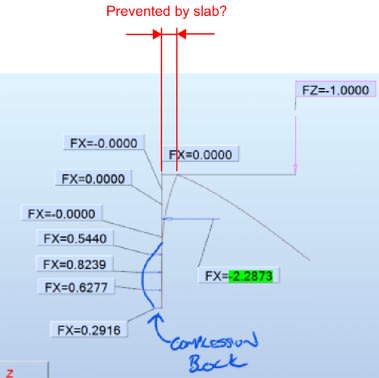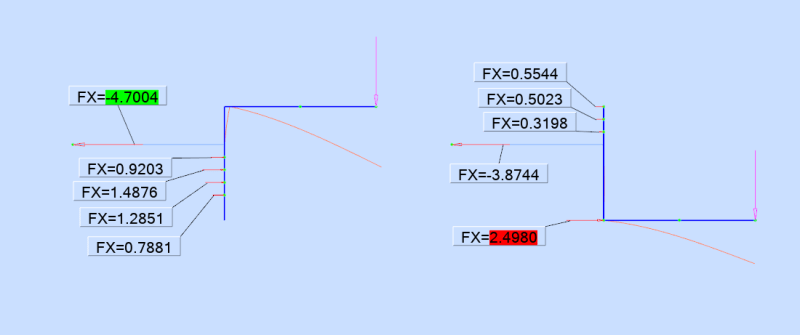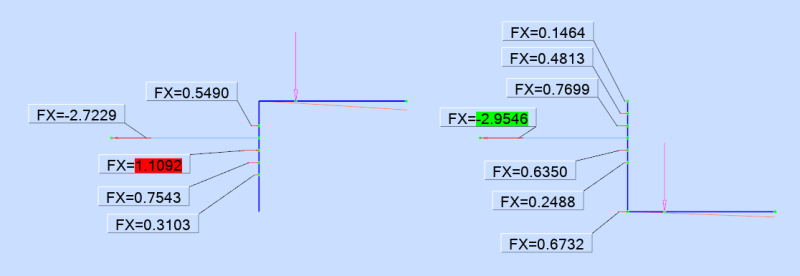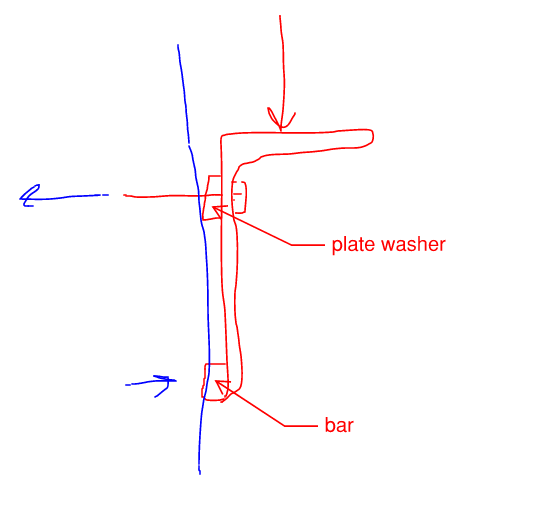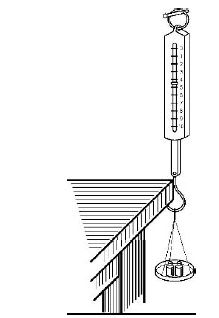1davek
Structural
- Feb 21, 2009
- 6
Learning the basics sometimes is frustrating. Everyone uses it but no one knows where it really comes form.
On the left diagram, What is the proper name of the triangle in sketch below.
Why do we assume it to be a triangle.
What is the supporting document that allows this assumption.
Why isn't it like sketch #2 below.
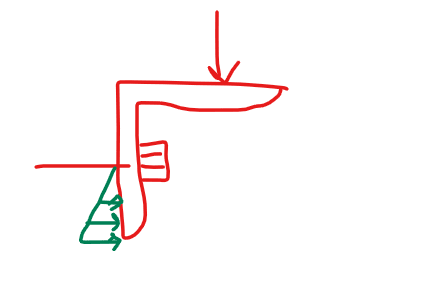
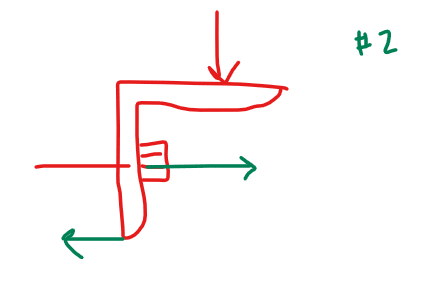
On the left diagram, What is the proper name of the triangle in sketch below.
Why do we assume it to be a triangle.
What is the supporting document that allows this assumption.
Why isn't it like sketch #2 below.



![[bigsmile] [bigsmile] [bigsmile]](/data/assets/smilies/bigsmile.gif)
